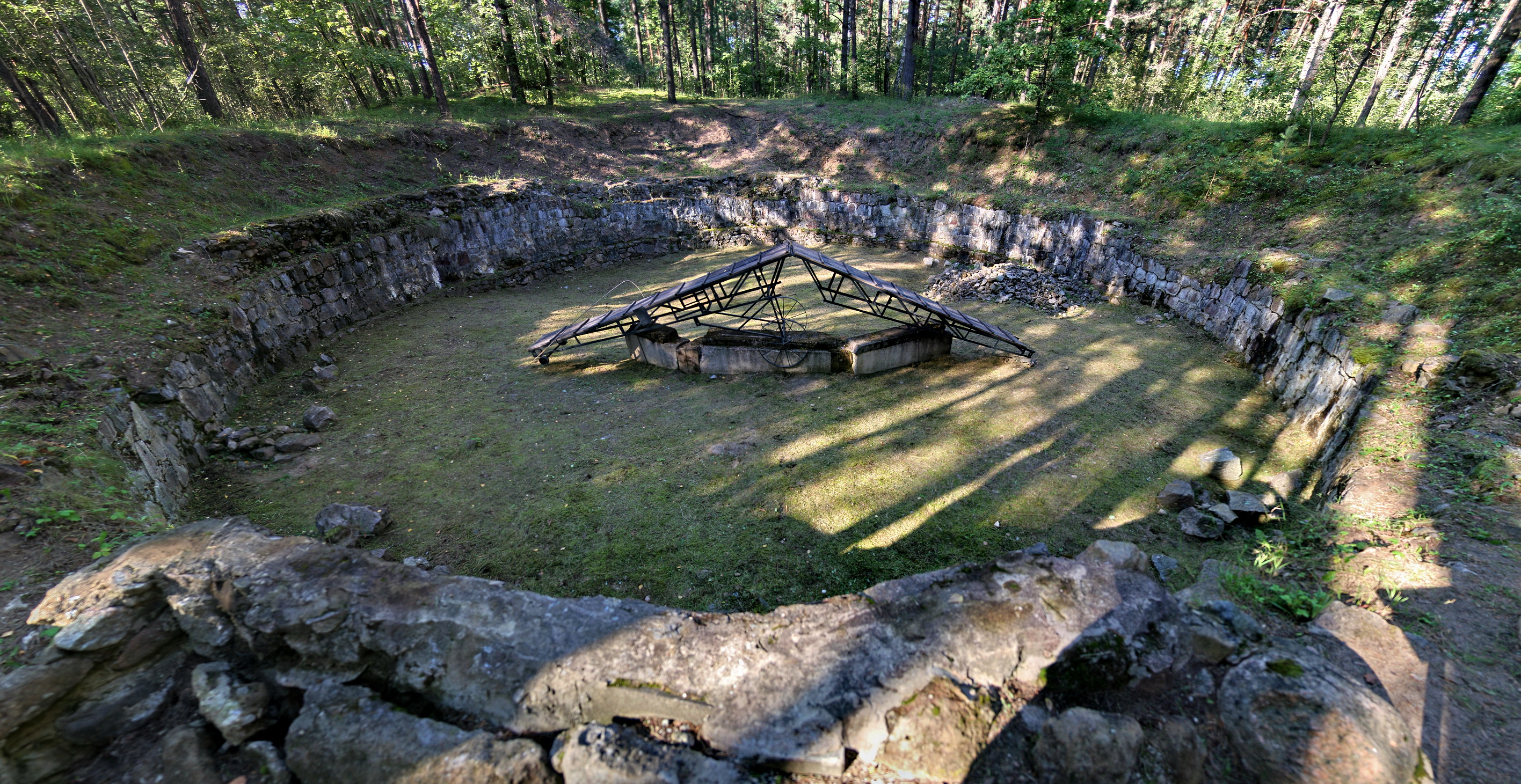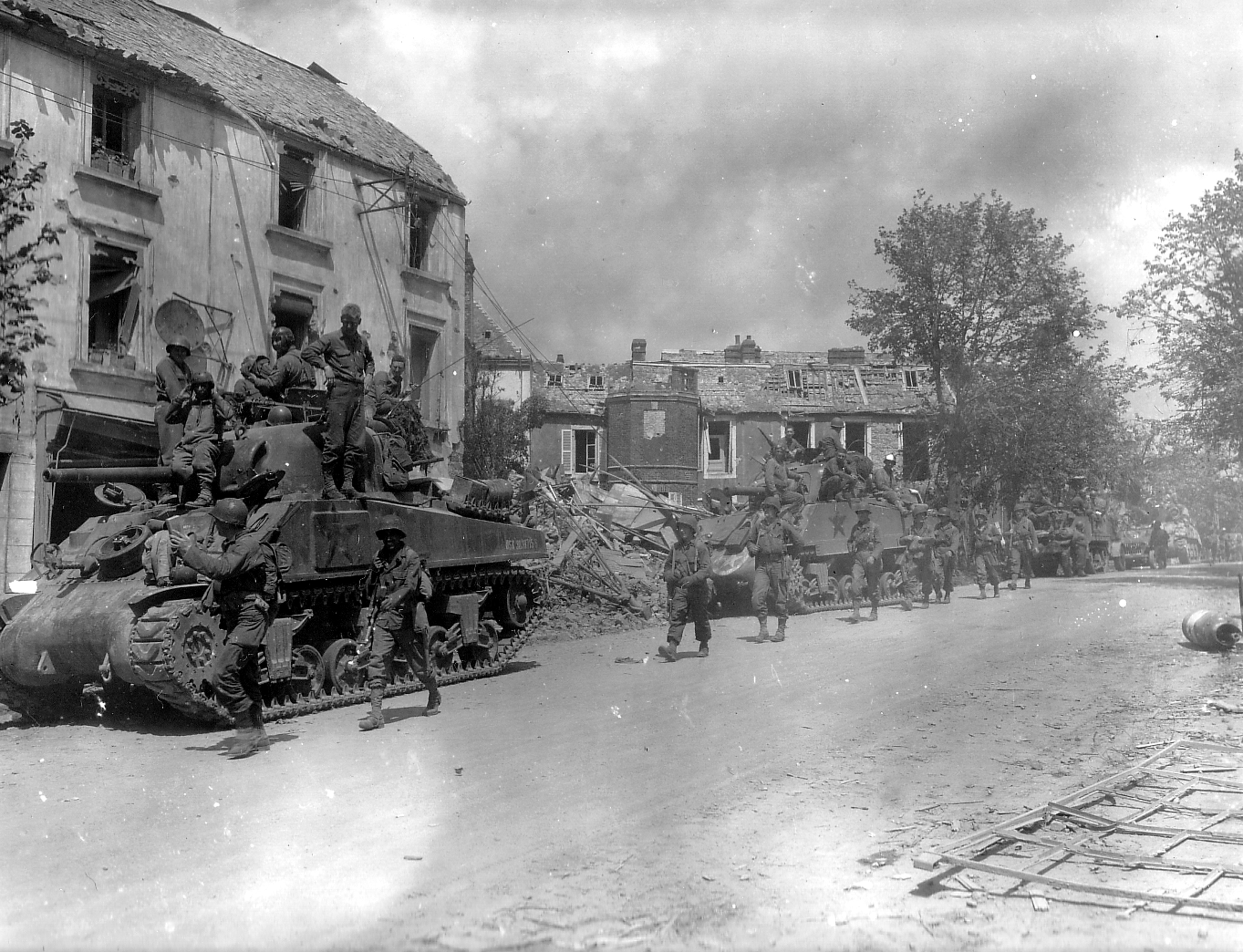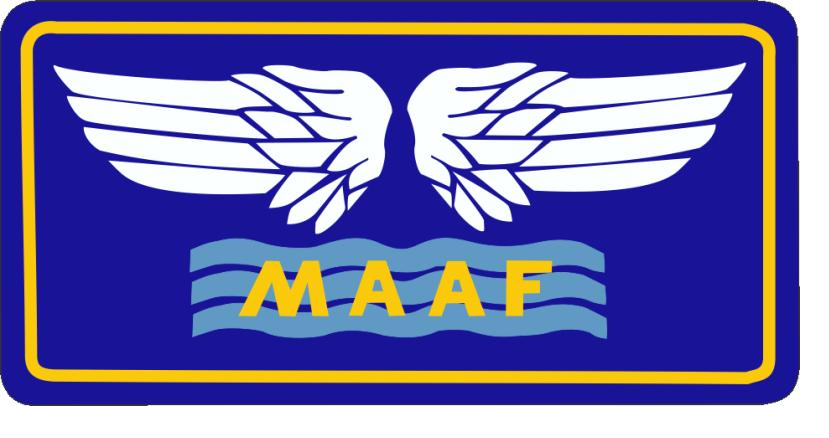|
Johannes Blaskowitz
Johannes Albrecht Blaskowitz (10 July 1883 – 5 February 1948) was a German ''Generaloberst'' during World War II. After joining the Imperial German Army in 1901, Blaskowitz served throughout World War I, where he earned the Iron Cross for bravery. During WWII, Blaskowitz led the 8th Army during the Invasion of Poland and was the Commander in Chief of Occupied Poland from 1939 to 1940. During the war, he was awarded the Knight's Cross of the Iron Cross with Oak Leaves and Swords. Blaskowitz wrote several memoranda to the German high command objecting to the criminal conduct of the Einsatzgruppen on the Eastern Front, and he handed out death sentences to SS members for crimes against Polish civilians. Based upon these actions against the SS, Adolf Hitler personally limited Blaskowitz's future advancement. He commanded Army Group G during the Allied invasion of Southern France and Operation Nordwind, the last major German offensive of World War II on the Western Front. Blasko ... [...More Info...] [...Related Items...] OR: [Wikipedia] [Google] [Baidu] |
Bolshaya Polyana, Kaliningrad Oblast
Bolshaya Polyana (, , ) is a rural locality (a settlement) in Znamensky Rural Okrug of Gvardeysky District in Kaliningrad Oblast, Russia. Notable people * Johannes Blaskowitz (1883–1948) German Wehrmacht colonel general during World War II World War II or the Second World War (1 September 1939 – 2 September 1945) was a World war, global conflict between two coalitions: the Allies of World War II, Allies and the Axis powers. World War II by country, Nearly all of the wo ... References Rural localities in Kaliningrad Oblast Gvardeysky District {{KaliningradOblast-geo-stub ... [...More Info...] [...Related Items...] OR: [Wikipedia] [Google] [Baidu] |
Battle Of Wola Cyrusowa
The Battle of Wola Cyrusowa took place on 8 September 1939 near the village of Wola Cyrusowa near Stryków in Poland, during the September Campaign. It was fought between the forces of the Polish Piotrków Operational Group under Gen. Wiktor Thommée and the German 10th Infantry Division. In the effect of a successive delaying action, the Polish forces managed to regroup and withdraw eastwards while at the same time inflicting heavy losses on the opposing unit. However, their victory was only a temporary setback for the Nazi invasion of Poland. Prelude Due to the strategic errors made by Gen. Juliusz Rómmel, the commander of the Łódź Army, the Polish units that were to form a defensive wedge against the German assault towards Warsaw were dislocated too close to the German border. Because of that, the Piotrków Operational Group, along with the rest of that army's units, entered contact with enemy forces already on September 1 and lost the chance to successfully support ... [...More Info...] [...Related Items...] OR: [Wikipedia] [Google] [Baidu] |
Einsatzgruppen
(, ; also 'task forces') were (SS) paramilitary death squads of Nazi Germany that were responsible for mass murder, primarily by shooting, during World War II (1939–1945) in German-occupied Europe. The had an integral role in the implementation of the so-called " Final Solution to the Jewish question" () in territories conquered by Nazi Germany, and were involved in the murder of much of the intelligentsia and cultural elite of Poland, including members of the Catholic priesthood. Almost all of the people they murdered were civilians, beginning with the intelligentsia and swiftly progressing to Soviet political commissars, Jews, and Romani people, as well as actual or alleged partisans throughout Eastern Europe. Under the direction of Heinrich Himmler and the supervision of SS- Reinhard Heydrich, the operated in territories occupied by the ''Wehrmacht'' (German armed forces) following the invasion of Poland in September 1939 and the invasion of the Soviet Un ... [...More Info...] [...Related Items...] OR: [Wikipedia] [Google] [Baidu] |
Iron Cross
The Iron Cross (, , abbreviated EK) was a military decoration in the Kingdom of Prussia, the German Empire (1871–1918), and Nazi Germany (1933–1945). The design, a black cross pattée with a white or silver outline, was derived from the insignia of the medieval Teutonic Order and borne by its knights from the 13th century. As well as being a military medal, it has also been used as an emblem by the Prussian Army, the Imperial German Army, and the of the Weimar Republic, while the ''Balkenkreuz'' (bar cross) variant was used by the ''Wehrmacht''. The Iron Cross is now the emblem of the , the modern German armed forces. King Frederick William III of Prussia established the Iron Cross award on 17 March 1813 during the Napoleonic Wars (EK 1813). The award was backdated to the birthday (10 March) of his late wife, Louise of Mecklenburg-Strelitz, Queen Louise, who was the first person to receive it (posthumously). The Iron Cross was also awarded during the Franco-Prussian War ( ... [...More Info...] [...Related Items...] OR: [Wikipedia] [Google] [Baidu] |
Imperial German Army
The Imperial German Army (1871–1919), officially referred to as the German Army (), was the unified ground and air force of the German Empire. It was established in 1871 with the political unification of Germany under the leadership of Kingdom of Prussia, Prussia, and was dissolved in 1919, after the defeat of the German Empire in World War I (1914–1918). In the Federal Republic of Germany, the term refers to the German Army, the land component of the . Formation and name The states that made up the German Empire contributed their armies; within the German Confederation, formed after the Napoleonic Wars, each state was responsible for maintaining certain units to be put at the disposal of the Confederation in case of conflict. When operating together, the units were known as the German Federal Army, Federal Army (). The Federal Army system functioned during List of wars: 1800–1899, various conflicts of the 19th century, such as the First Schleswig War from 1848 to 1852. ... [...More Info...] [...Related Items...] OR: [Wikipedia] [Google] [Baidu] |
Knight's Cross Of The Iron Cross With Oak Leaves And Swords
The Knight's Cross of the Iron Cross (), or simply the Knight's Cross (), and its variants, were the highest awards in the military and paramilitary forces of Nazi Germany during World War II. While it was order of precedence, lower in precedence than the Grand Cross of the Iron Cross#1939 Grand Cross, Grand Cross of the Iron Cross, the Grand Cross was never awarded at-large to Nazi German military and paramilitary forces. The Grand Cross's sole award was made to ''Reichsmarschall'' Hermann Göring in September 1939, making the Knight's Cross (specifically, the Knight's Cross of the Iron Cross#Grades, Knight's Cross with Golden Oak Leaves, Swords, and Diamonds grade) the ''de facto'' highest award among the Orders, decorations, and medals of Nazi Germany, decorations of Nazi Germany. The Knight's Cross was awarded for a wide range of reasons and across all ranks, from a senior commander for skilled leadership of his troops in battle to a low-ranking soldier for a single act of ... [...More Info...] [...Related Items...] OR: [Wikipedia] [Google] [Baidu] |
Operation Nordwind
Operation Northwind () was the last major German offensive of World War II on the Western Front. Northwind was launched to support the German Ardennes offensive campaign in the Battle of the Bulge, which by late December 1944 had decisively turned against the German forces. It began on 31 December 1944 in Rhineland-Palatinate, Alsace and Lorraine in southwestern Germany and northeastern France, and ended on 25 January 1945. The German offensive was an operational failure, with its main objectives not achieved. Objectives By 21 December 1944, the German momentum during the Battle of the Bulge had begun to dissipate, and it was evident that the operation was on the brink of failure. The German high command believed that an attack against the United States Seventh Army further south, which had extended its lines and taken on a defensive posture to cover the area vacated by the United States Third Army which had turned north to assist at the site of the German breakthrough, ... [...More Info...] [...Related Items...] OR: [Wikipedia] [Google] [Baidu] |
Siegfried Line Campaign
The Siegfried Line campaign was a phase in the Western European campaign of World War II, which involved engagments near the German defensive Siegfried Line. This campaign spanned from the end of Operation Overlord and the push across northern France, which ended on 15 September 1944, and concluded with the opening of the German Ardennes counteroffensive, better known as the Battle of the Bulge. Background German forces had been routed during the Allied break-out from Normandy. The Allies advanced rapidly against an enemy that put up little resistance. But after the liberation of Paris in late August 1944, the Allies paused to re-group and organise before continuing their advance from Paris to the River Rhine. The pause allowed the Germans to solidify their lines—something they had been unable to do west of Paris. By the middle of September 1944, the three Western Allied army groups; the Anglo-Canadian 21st Army Group (Field Marshal Sir Bernard Montgomery) in the nort ... [...More Info...] [...Related Items...] OR: [Wikipedia] [Google] [Baidu] |
Operation Dragoon
Operation Dragoon (initially Operation Anvil), known as Débarquement de Provence in French ("Provence Landing"), was the code name for the landing operation of the Allies of World War II, Allied invasion of Provence (Southern France) on 15August 1944. Although initially designed to be executed in conjunction with Operation Overlord, the June 1944 Normandy landings, Allied landing in Normandy, the lack of enough resources led to the cancellation of the second landing. By July 1944 the landing was reconsidered, as the clogged-up ports in Normandy did not have the capacity adequately to supply the Allied forces. Concurrently, the high command of the French Liberation Army pushed for a revival of the operation, which would involve large numbers of French troops. As a result, the operation was finally approved in July to be executed in August. The invasion sought to secure the vital ports on the French Mediterranean coast and increase pressure on the German forces by opening another ... [...More Info...] [...Related Items...] OR: [Wikipedia] [Google] [Baidu] |
Scuttling Of The French Fleet At Toulon
The scuttling of the French fleet at Toulon was orchestrated by Vichy France on 27 November 1942 to prevent Nazi German forces from seizing it. After the Allied invasion of North Africa, the Germans invaded the territory administered by Vichy under the Armistice of 1940. The Vichy Secretary of the Navy, Admiral François Darlan, defected to the Allies, who were gaining increasing support from servicemen and civilians. His replacement, Admiral Gabriel Auphan, guessed correctly that the Germans intended to seize the large fleet at Toulon (even though this was explicitly forbidden in the Franco-Italian armistice and the French-German armistice), and ordered it scuttled. The Germans began Operation Anton but the French naval crews used subterfuge to delay them until the scuttling was complete. Anton was judged a failure, with the capture of 39 small ships, while the French destroyed 77 vessels; several submarines escaped to French North Africa. It marked the end of Vichy F ... [...More Info...] [...Related Items...] OR: [Wikipedia] [Google] [Baidu] |
Case Anton
Case Anton () was the military occupation of Vichy France carried out by Germany and Italy in November 1942. It marked the end of the Vichy regime as a nominally independent state and the disbanding of its army (the severely-limited '' Armistice Army''), but it continued its existence as a puppet government in Occupied France. One of the last actions of the Vichy armed forces before their dissolution was the scuttling of the French fleet in Toulon to prevent it from falling into Axis hands. Background A German plan to occupy Vichy France had been drawn up in December 1940 under the codename of Operation Attila and soon came to be considered with Operation Camellia, the plan to occupy Corsica. Operation Anton updated the original Operation Attila, including different German units and adding Italian involvement. For Adolf Hitler, the main rationale for permitting a nominally independent France to exist was that it was, in the absence of German naval superiority, the only ... [...More Info...] [...Related Items...] OR: [Wikipedia] [Google] [Baidu] |




